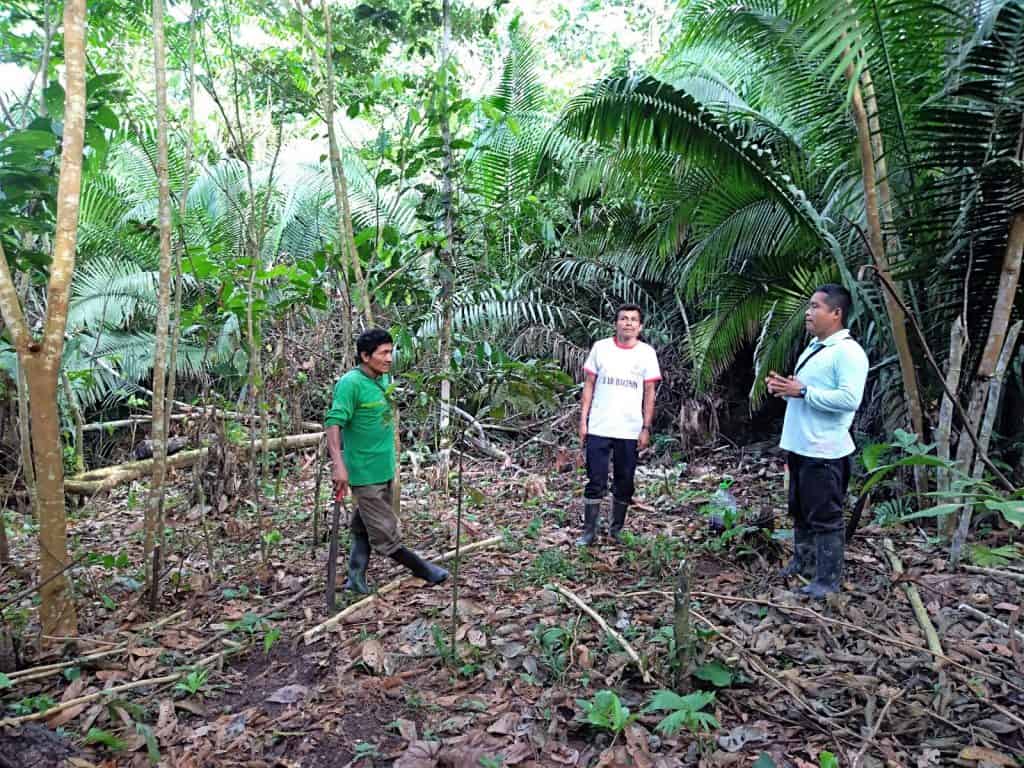Welcome back to The Fixer, our weekly briefing of solutions reported elsewhere. This week: one of the biggest companies in America gets on board with “housing first.” Plus, Indigenous communities in the Amazon adopt sustainable farming techniques, and small towns in Minnesota take a hyper-local approach to fighting climate change.
Housing the homeless and making a profit
Recently, we reported on governments embracing “housing first,” a strategy for getting a roof over people’s heads before tackling other issues they struggle with. Now, Bloomberg Businessweek reports that UnitedHealth, America’s largest health insurer, is embracing housing first as a way to increase its profit margins.
This is a big deal. UnitedHealth, a private company, covers six million Medicaid patients, a small percentage of whom are homeless and require frequent, costly hospital visits. For instance, in Camden, New Jersey, just one percent of its Medicaid members incur 30 percent of the group’s health care costs. These high-cost patients are why the company’s Medicaid division has been missing its profit targets. So UnitedHealth decided to get some of those people into stable housing, where they can better care for their health—and save the company money.
Through the program, UnitedHealth is paying for housing in Phoenix, Milwaukee and Las Vegas for homeless Medicaid members whose medical bills exceed $50,000 per year. Since these people were given housing, some of them have seen their medical bills drop by 80 percent. It’s not just the patients who are healthier—so is UnitedHealth’s bottom line: the company’s Medicaid division is back on track to meet its profit targets next year. This is why the insurer has decided to expand the program to 30 markets in 2020.
The sheer size of UnitedHealth makes the potential for expansion enormous. The company covers 43 million patients and has the sixth-highest revenues of any corporation in the country. Even better, its experiment is proving that housing first can be used to generate private sector profits. In other words, doing the right thing can be good business.
Read more at Bloomberg Businessweek.
Growth that saves the canopy
While logging by big corporations grabs most of the headlines, the Peruvian Amazon’s biggest deforestation threat comes from subsistence farming. The slash-and-burn techniques used by smallholder farmers to let the sunlight reach their crops are the primary reason Peru lost nearly 350,000 acres of rainforest last year.
To fix this, an organization called Cool Earth helps Indigenous farmers develop practices that require less clear-cutting. For instance: “People in remote areas have an obsession with growing yuca,” says Aurora Lume, a member of Cool Earth’s field team. But yuca crops need to be drenched in sun. So Cool Earth brings in technicians to teach farmers to grow coffee instead, which thrives under the shady forest canopy.

Cool Earth doesn’t strong arm farmers into changing their harvests. Instead, it shows them satellite imagery of how much forest their agricultural methods have destroyed. “The people were taken aback by what they saw,” another Cool Earth officer told the Guardian. These satellite maps are then used to plan new, more sustainable crop plantings. “You can’t be too heavy handed, but people have to understand that if they continue to clear at the present rate, in 15-20 years, they will have no forest. Mapping is helping villages to plan how they use land.”
So far, it’s working. In the areas where Cool Earth has engaged with farmers, deforestation has fallen by half. The Peruvian government has gotten on board as well, launching the National Forest Conservation Program, which pays communities that implement sustainable farming systems. “It’s a tried-and-tested strategy in South America,” says Tony Juniper, a Cool Earth ambassador. “It has worked in Brazil, Colombia and Peru. If you look at maps of the forest in those countries, you will see that the areas under Indigenous control are best protected.”
Climate action without debate
There’s a stereotype that rural Americans don’t care about the environment, but the farming community of Morris, Minnesota has found a way to disprove it. In 2014, the town held a three-day “rural climate dialogue” attended by 300 residents. Rather than debate or lecture about the science of climate change, the event “mixed facts and testimonies [from residents] with their personal beliefs, experiences, and emotions,” according to Grist. The dialogues have since become a regular event, in which residents share their own perspectives, while identifying opportunities to reduce carbon emissions and create a more sustainable community.
Sticking to sensible, local solutions keeps the dialogues from becoming polarizing. “You don’t have to sit in a meeting room and argue about whether there’s climate change that’s happening,” said Morris city manager Blaine Hill. “We don’t focus on the words ‘climate’ or ‘environment’ because it’s not necessary, and sometimes it gets in the way of what we’re actually trying to do.”
https://www.instagram.com/p/BYv_MH2neZk/
The approach has worked. This year, Morris replaced its 450-watt street lights with LED bulbs, installed electric vehicle charging stations and erected solar arrays around town. And a survey conducted with the University of Minnesota concluded that participants left the dialogues with a deeper understanding of climate change.
The “Morris Model” has since been replicated in other towns in Minnesota—in one case, a statewide Morris-style dialogue was held among multiple far-flung farming communities. In each case, empathy and openness are emphasized over debate or pedagogy. “We are a small, rural town and we’re able to do things here that are going to be renewable and sustainable for the future,” Hill said. “If we can do it, then anyone can do it.”






